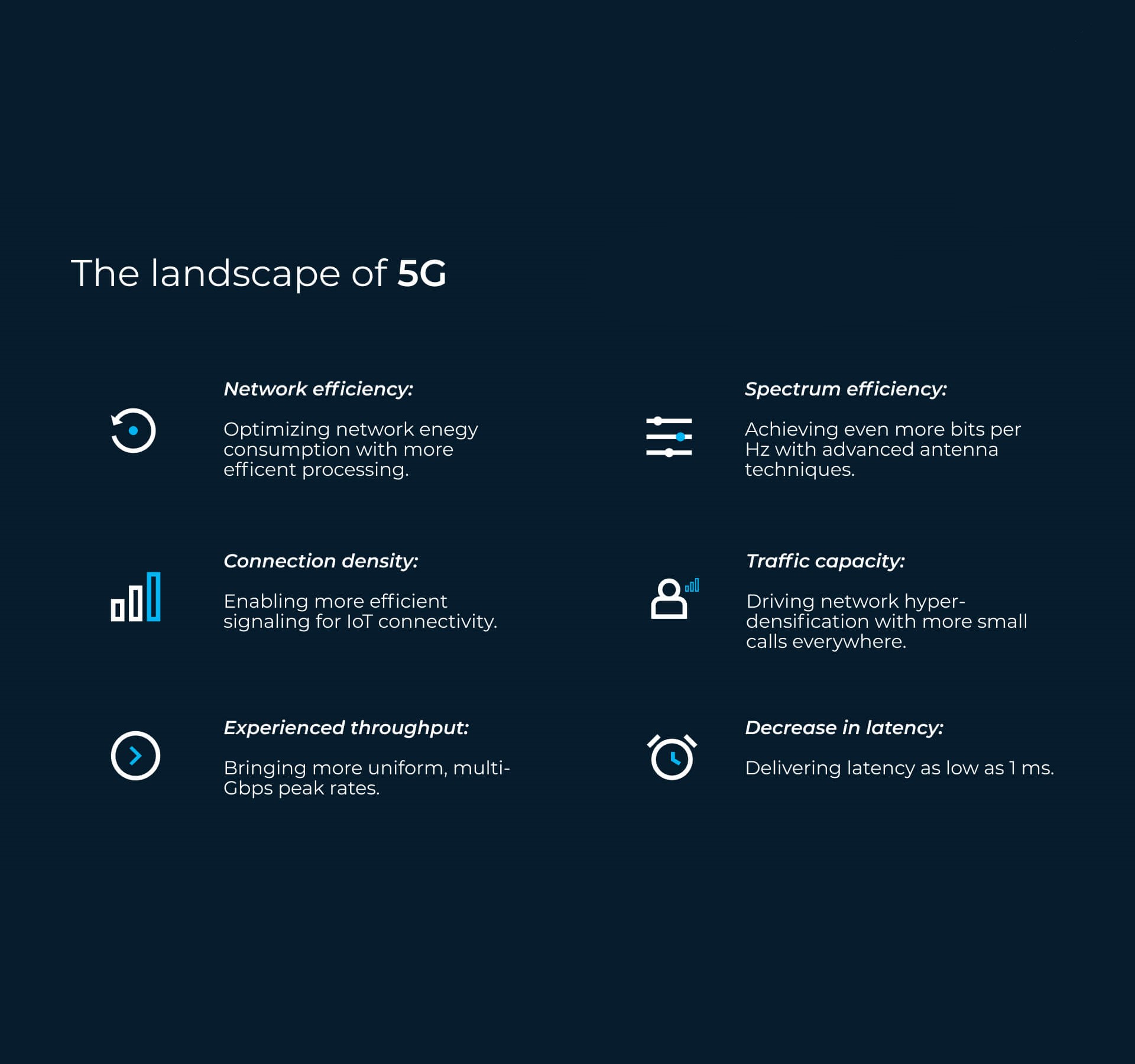How Will 5G Impact IoT?

5G and IoT
We are already seeing the broad adoption of 5G mobile services, which is fantastic because these networks are helping to enhance the performance and dependability of connected devices.
This network is intended to accelerate global digital transformation, fostering innovation and reshaping industries. Companies will see huge improvements when they use next-generation networks and sensors.
The commercial success of IoT is determined on its performance and the speed with which it can communicate with other smart devices. That is why 5G is critical in enhancing data transfer speeds.
The Benefits of Combining 5G and IoT
We are witnessing 5G have a substantial influence on the operation of IoT devices, whether in industrial, healthcare, or domestic settings.
The confluence of the two technologies will have an impact on almost every aspect of the Internet of Things, either directly or indirectly; for sensors, it will provide more bandwidth to send information quicker and boost usefulness.
Higher Bandwidth
Up to 20 Gbps speeds will allow remote applications to access files, data, and programmes more quickly.
Short Latency
Response times in 5G networks are one-tenth of those in 4G, enabling for greater usage of sensors in logistics management or remote transportation, for example.
Better Security
Whether in smart homes or industrial facilities, these devices will be able to optimise processes and security by providing more control.
Less Energy Burn
Reduced energy usage allows for longer maintenance intervals, cutting down on resource consumption.
Higher Capacity
Larger network capabilities allow for more participants while minimising the risk of network congestion.
Network 5G Slicing
Create multiple virtual networks, each with features and functionality specific to a service or customer group.
LTE-M Supported
LTE-M & NB-IoT are the LPWAN of the 5G spectrum. Coexisting with 5G standards.
NB-IoT Supported
NB-IoT is within the mMTC 5G category. Supporting LPWAN across the 5G spectrum.
Mass mobile IoT
Because of its low cost, energy efficiency, and dependable coverage, it allows for widespread deployment of efficient and simpler equipment.